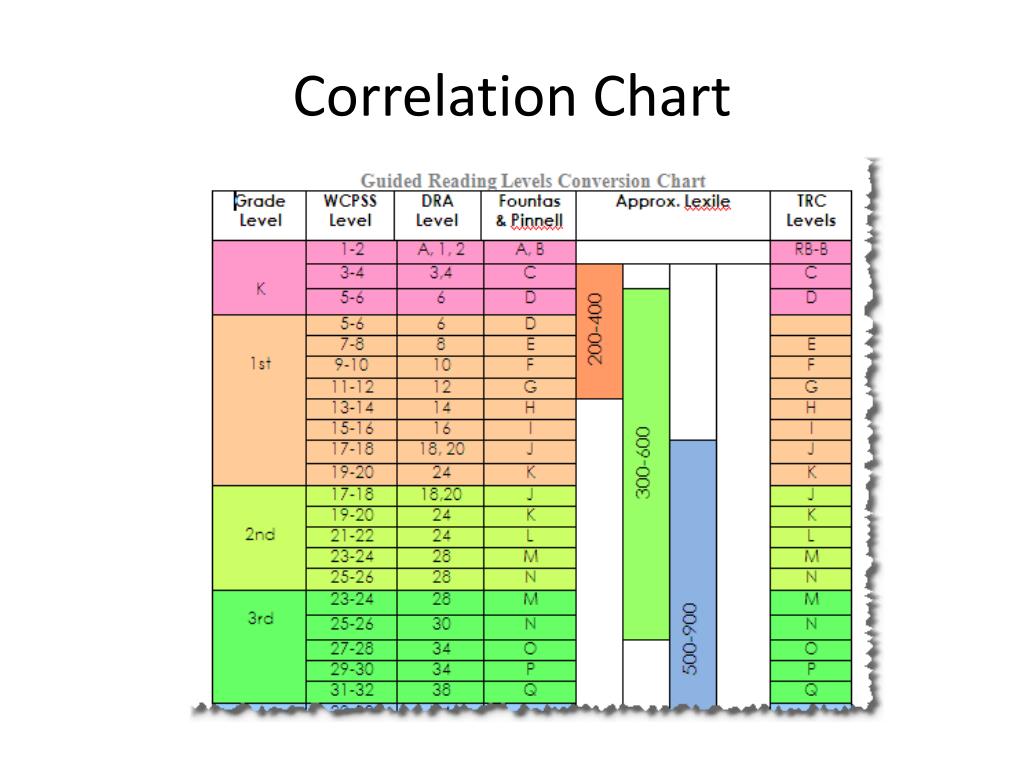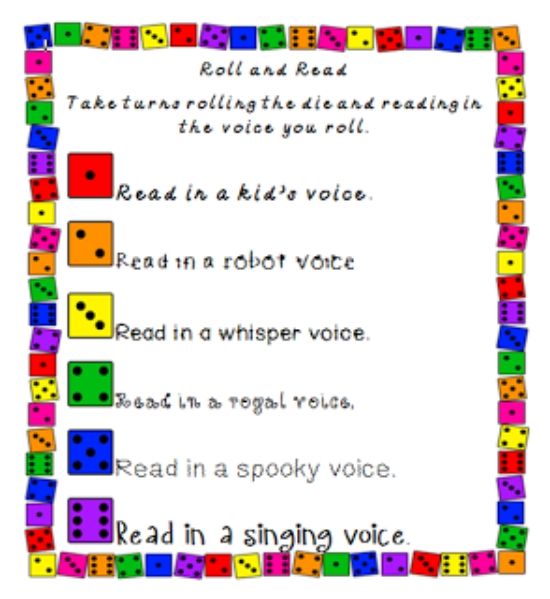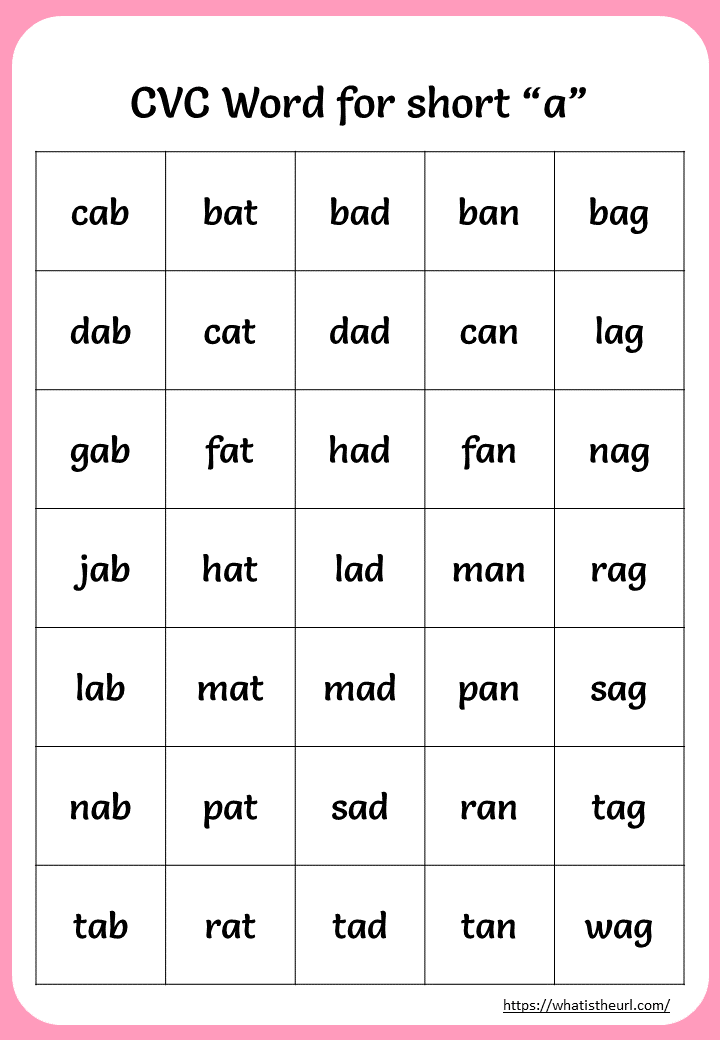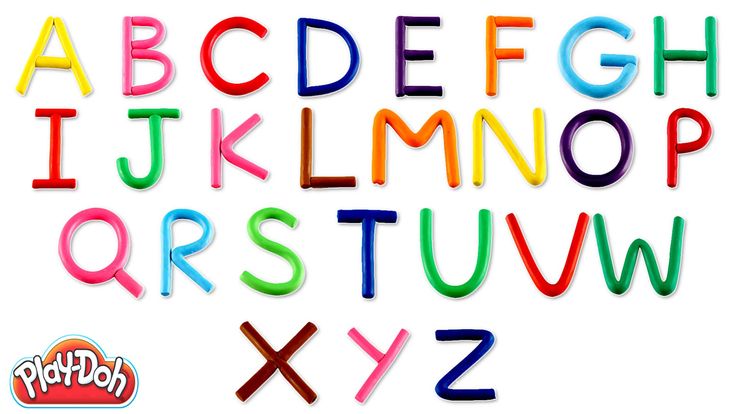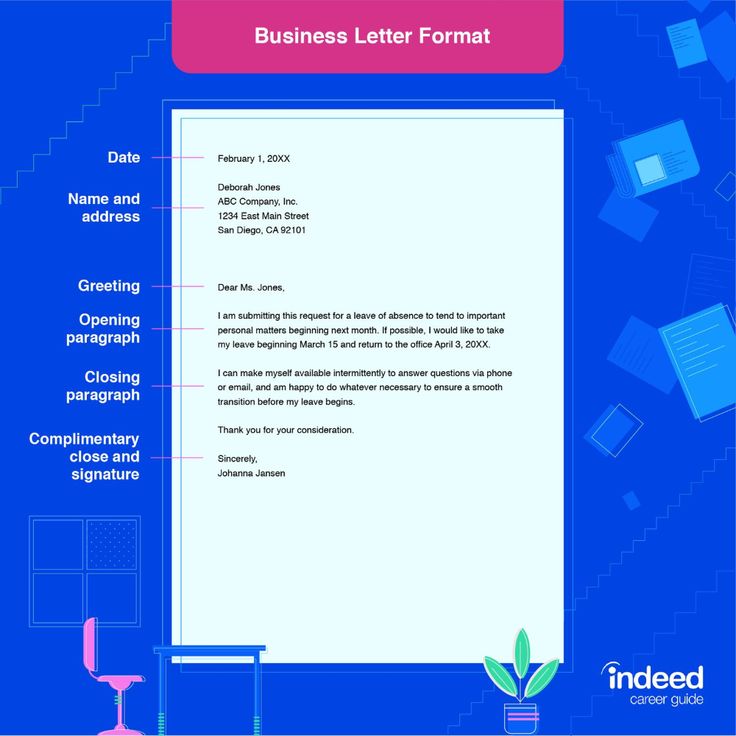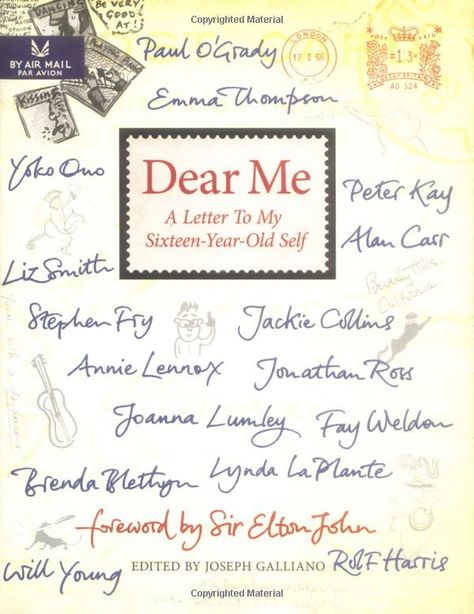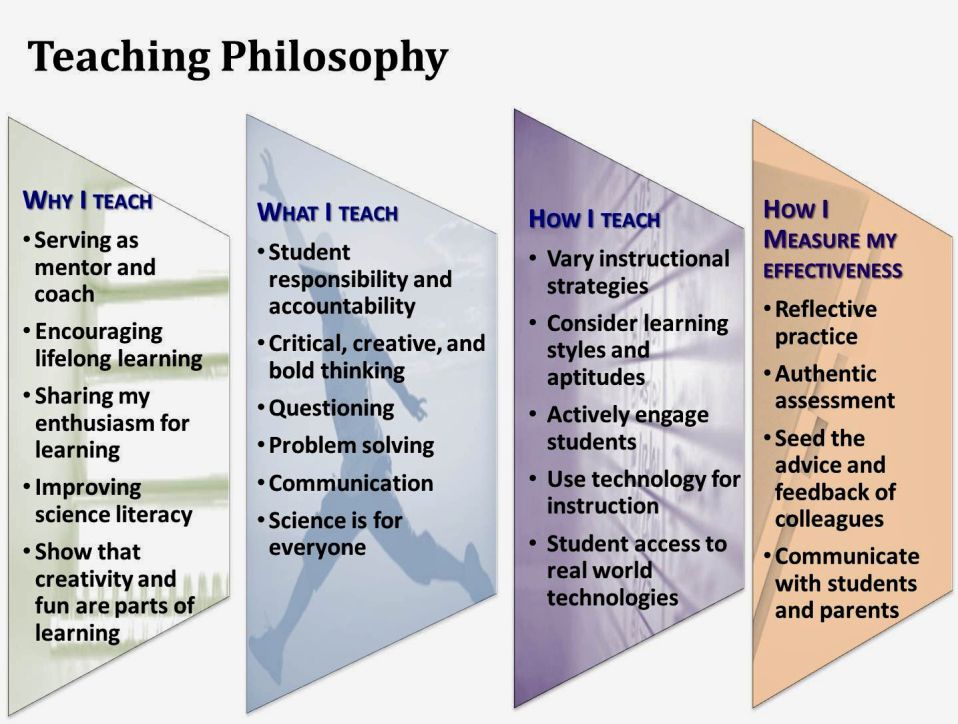What is my lexile reading level
Lexile levels: How to use this tool to understand your child’s reading skills
You might have seen it printed on the back of a book, inside a publisher’s catalog, or on a child’s progress report: a series of numbers and letters called a Lexile. What are these codes, and how do they apply to your learner?
Let’s demystify the Lexile system and learn how Lexile measures serve as a valuable tool to support your child’s reading growth.
What is a Lexile measure and why is it important to parents?
The Lexile Framework for Reading is a system used to match students with texts (books, articles, and other reading material), regardless of grade level. It takes a scientific approach to measuring reading levels. Its numeric measures can apply to both reader and text:
Lexile text measures reflect the readability of an individual book based on an analysis of word frequency, sentence length, and text complexity.
Lexile reading measures reflect a child’s ability to read texts in a certain range of difficulty.
When you know your child’s Lexile measure, you are better able to select books that will be “just right” for them: not too easy, not too tricky. This way, you can avoid picking inaccessible books that will leave them feeling discouraged, or too-simple books that will leave them bored and looking for something else to read!
What does the number in a Lexile measure mean?
Understanding a book’s Lexile measure code, which usually consists of a number followed by the letter L, is fairly intuitive: lower numbers mean that the material is simpler and easier to read, while higher numbers denote more complex and difficult texts. For example, Green Eggs and Ham has a Lexile measure of 210L, but The Great Gatsby clocks in at 1070L.
However, you can’t go on Lexile measures alone. The Grapes of Wrath often taught in high school, has a Lexile measure of 680L, while Charlotte’s Web, an elementary school staple, has the same Lexile measure. Both books feature a simple, clear writing style, but The Grapes of Wrath contains advanced concepts and themes more appropriate for older readers.
Both books feature a simple, clear writing style, but The Grapes of Wrath contains advanced concepts and themes more appropriate for older readers.
When applied to your child, Lexile measures work the same way: a lower number means they should be reading books with less text complexity and a higher number signals that they need something more challenging.
An exception is BR, or Beginning Reader, Lexile measures—higher numbers are assigned to simpler books and earlier readers, while lower numbers represent trickier books and more advanced readers as they approach 0L. A book rated BR300L will be easier to read than one rated BR100L.
What do the letters in a Lexile measure mean?
In addition to Beginning Reader Lexile measures (BR), there are several letter codes you might encounter at the beginning of a Lexile measure:
AD: Adult Directed. These books are meant to be read aloud to children.
NC: Non-Conforming. These books contain content appropriate for advanced readers who are still on the young side.
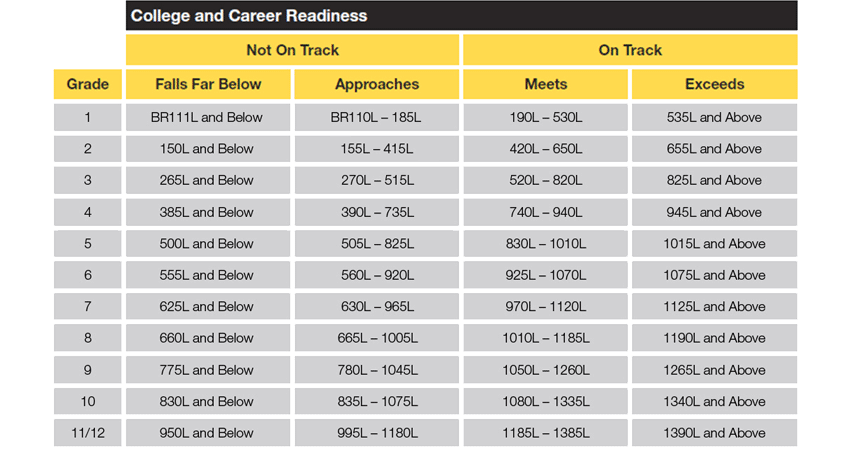
HL: High-Low. These books are engaging for older students who need less complex texts.
IG: Illustrated Guide. These are nonfiction reference texts.
GN: Graphic Novel. These are comic books and graphic novels. If your child loves comics more than anything else, you can still find ones that will provide an appropriate reading challenge!
NP: Non-Prose. These are songs, plays, poems, and anything else besides a traditional prose book.
What is the scale of Lexile measures?
Lexile reader measures and Lexile text measures help narrow down reading ability and text complexity to match readers with appropriate books at all grade levels. There is no “correct” Lexile scale or range for your learner’s age or grade. However, according to an analysis published by the Lexile Framework for Reading, the correspondence of Lexile student measures to grade levels, based on the 50th-90th percentile range and measured at the end of the school year, are as follows:
Kindergarten: BR160L - 150L
1st Grade: 165L - 570L
2nd Grade: 425L - 795L
3rd Grade: 645L - 985L
4th Grade: 850L - 1160L
5th Grade: 950L - 1260L
6th Grade: 1030L - 1340L
7th Grade: 1095L - 1410L
8th Grade: 1155L - 1470L
9th Grade: 1205L - 1520L
10th Grade: 1250L - 1570L
11th Grade: 1295L - 1610L
12th Grade: 1295L - 1610L
Remember that although these numbers represent typical Lexile measures at different grade levels, Lexile measures vary more broadly within each grade.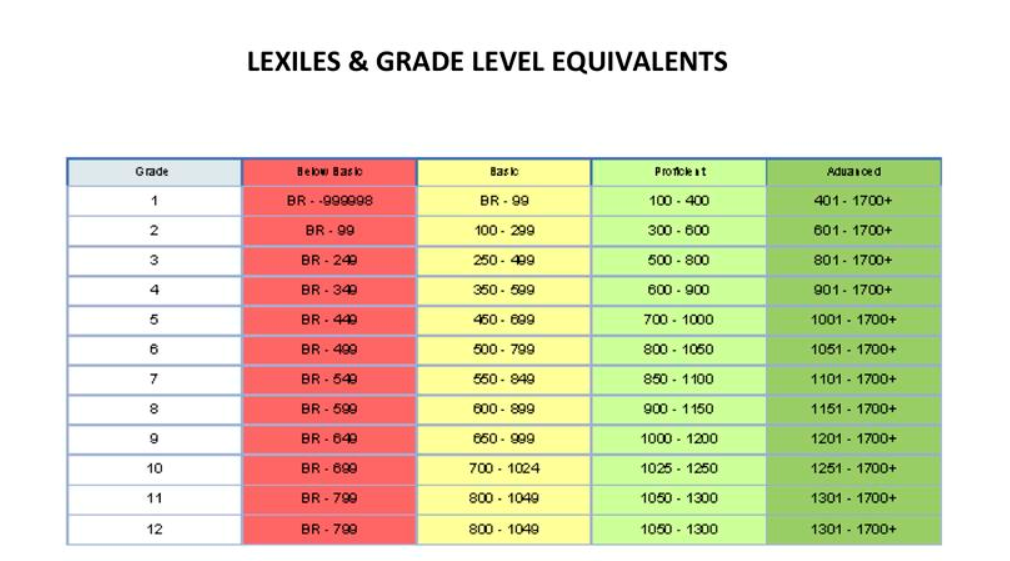 If your young learner’s Lexile measure is far above or below the typical range, you can seek reading materials with Non-Conforming or High-Low Lexile measures that will be enjoyable as well as appropriate for their reading ability.
If your young learner’s Lexile measure is far above or below the typical range, you can seek reading materials with Non-Conforming or High-Low Lexile measures that will be enjoyable as well as appropriate for their reading ability.
How to assess your learner’s Lexile level
Lexile levels are assessed in school through classroom assessments and standardized tests. Ask your child’s teacher if they have assessed Lexile measures, and if so, if they are able to share this information with you, as school’s policies regarding assessment data vary.
Keep in mind that although some schools assess Lexile measures, others use different assessments to determine a child’s reading level, and may not have Lexile measure data to share.
If you are able to view your child’s Lexile measure, it is important not to refer to this assessment result as a Lexile score; it is not intended to measure achievement, and treating it like a “test” can cause undue anxiety for kids and parents alike.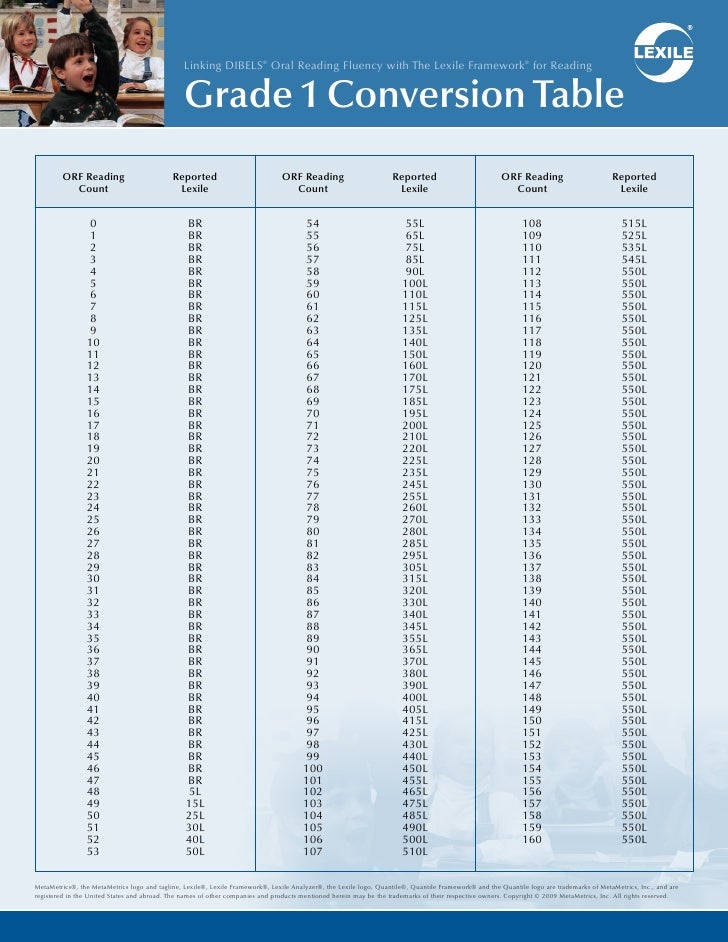
How to use lexile levels to help select appropriate reading material
If you have determined your child’s Lexile measure, it’s now time to help them find books they’ll love! Some books have Lexile measures printed on the jacket; Lexile measures for other books can be found on publisher websites and other online databases. A recommended Lexile text range is 100L below to 50L above your young learner’s Lexile reading measure.
Once you have determined an appropriate range, search for books with topics, content, and themes that interest your child. An easy way to do this is to use an online database and filter search results for the Lexile range you have determined. You’ll find that there are books available at every Lexile level that will capture your child’s interest and imagination!
Feel free to involve your learner in the process. Remember to discuss their Lexile measures in a neutral tone and treat the numbers like those in a matching game; you want your child to be able to express their reading preferences without feeling pressure to pick something “higher. ”
”
Following these guidelines will allow you to choose “just right” books that pose a healthy challenge to your child, but are within or not too far outside of their comfort zone. That way, kids are freed up from unnecessary difficulties and are better able to focus on reading comprehension, learning, and enjoyment.
Reading assessments, reading tutoring, and more with Outschool
If you want to take your children's reading to the next level, Outschool can help. Find classes for anything you need.
Get a reading assessment for your child
Try a phonics class or reading class
Get reading tutoring or writing tutoring
Sign up your kids for an online book club
*This article was originally published in July 2020 and was updated in November 2022.
Outschool Staff
How To Determine Your Child’s Reading Level And Choose The Best Books
When you sit down to read a book, you want to enjoy the story in front of you.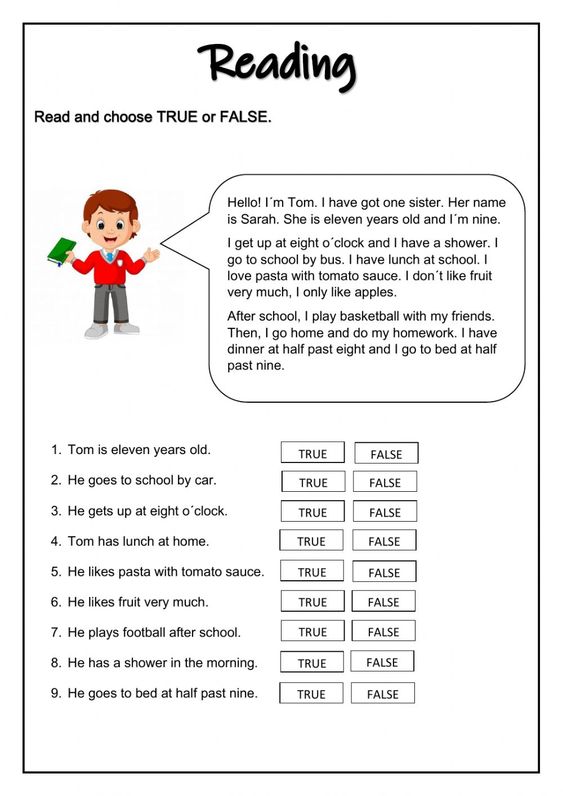 The same is true for your child. That’s why uncovering your child’s reading level is an important step in fostering their love of words from a young age!
The same is true for your child. That’s why uncovering your child’s reading level is an important step in fostering their love of words from a young age!
Consider the different factors that allow kids to enjoy the books they read. For example, does it tie into their interests, and is it slated as an appropriate option for their level? By answering these questions, you can make sure they’re reading books that are just right for them!
If your child is in school, you’re probably no stranger to jargon like “reading level.” But what exactly does Lexile Framework, Guided Reading Levels (GRL), or Developmental Reading Assessment (DRA) actually mean?
Additionally, if your child is just starting to read on their own (or already reading independently) and is learning from home, how can you figure out what reading level is right for them? If any of these thoughts have crossed your mind, you’ve come to the right place.
We’re here to answer your questions so you and your child can sit down and enjoy a good book together!
What Is A Reading Level?
A reading level is simply a measure of your child’s ability to read text.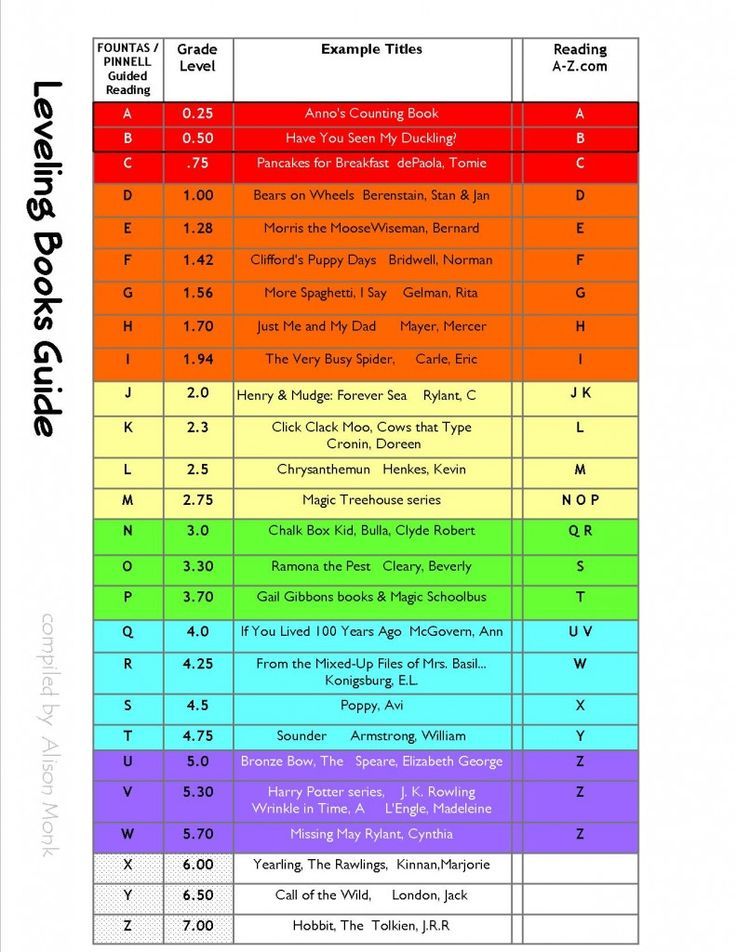 It reflects how well your little one can read independently. Importantly, reading levels help you choose books that are a good match for your child while still presenting a challenge.
It reflects how well your little one can read independently. Importantly, reading levels help you choose books that are a good match for your child while still presenting a challenge.
Keep in mind these levels are meant to be helpful, not stressful. They don’t limit your child, but, rather, help them blossom into a fluent, excited reader.
When your child reads books that are appropriate for their current reading level, it boosts their confidence so they can truly enjoy reading! Also, knowing what level your child is at allows you to work with them to improve their skills.
That being said, it’s important to remember that children are unique and develop differently. Comparing your child to their peers isn’t necessarily the best approach when trying to assess their reading ability.
Why Is Determining Reading Level Important?
It’s helpful to determine your child’s reading level so you can find books that are appropriate for them to read on their own: not too difficult but challenging enough to encourage growth.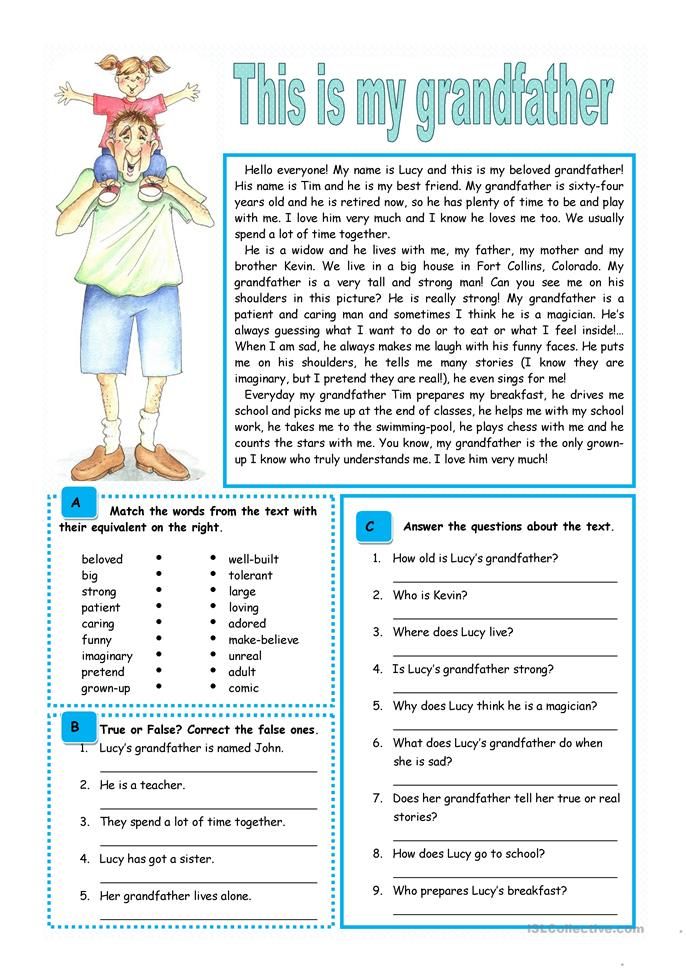
Reading level classification is a convenient tool you can use when searching online or at the library. And when you provide books that are on your child’s level, you create excitement and build their confidence, which can lead to a lifetime love of learning and reading!
If you’re looking for ways to help your little one read at the best level for them, Our new app HOMER Learn & Grow has a Stories section that gives age-appropriate story recommendations!
This is a great resource that takes your child’s specific interests and recommends stories just for them. What’s more, your child can choose to read along or read on their own.
How Is Your Child’s Reading Level Measured?
Your child’s reading level is usually measured at their school in first or second grade, and we’ll show you how that’s done. Here’s a tip: since your child’s teacher knows their reading level, consider asking the teacher (or the school librarian) for books your child can read at home.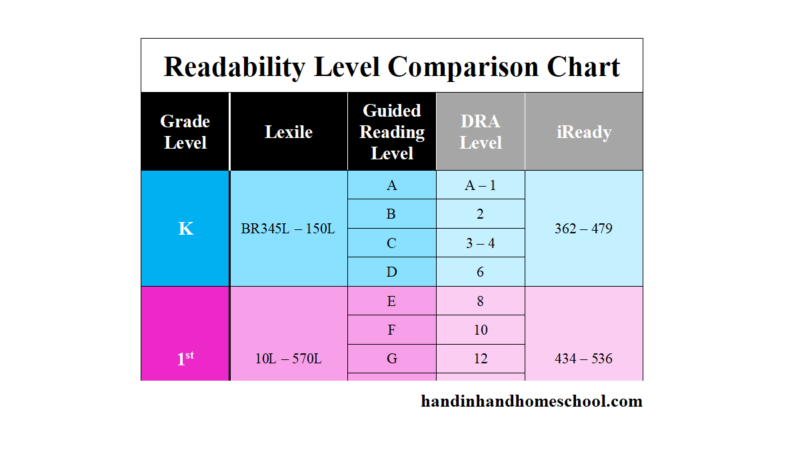
Don’t worry if your child isn’t in school yet or if they’re homeschooled. We’ll show you how you can measure their reading level at home, too!
Before we dive in, it’s important to note that we think of books for kids at three levels: independent reading, instructional reading, and frustrating to read.
As the names indicate, independent reading books are ones a child can read with ease and without support from an adult.
Instructional ones are the books just above independent that teachers might use to stretch a child’s reading as they offer support while the child makes that next step. Finally, frustrating books are too hard for a child to read even with adult guidance.
Now that you have an idea of how to think of the different books your child might encounter, let’s talk about the tools used for determining or describing reading levels.
Lexile Framework For Reading
Lexile Framework For Reading is an educational tool that ranks books by order of their difficulty using a scale called a Lexile. Usually, your child’s teacher will determine their Lexile reading level and then choose books that have a matching score.
Usually, your child’s teacher will determine their Lexile reading level and then choose books that have a matching score.
The Lexile score, or measure, describes your child’s reading ability and matches them with books and other reading materials. This measure ranges anywhere from 0L to 2000L.
Kids are encouraged to read within their Lexile “range” — 50L above to 100L below their actual level. For instance, if your little one is reading with a Lexile measure of 500L, they would read books ranging anywhere from 400L to 550L.
Using standardized assessments, schools will often measure a child’s reading level several times a year to help them select books that are appropriate for independent reading.
Guided Reading Levels (GRL)
GRL is a guided reading system used in some schools.
To determine reading levels using GRL, children sit one-on-one with their teacher and read from a book that’s considered standard for their grade level — a “benchmark” book. GRL books range from A to Z with A being the easiest.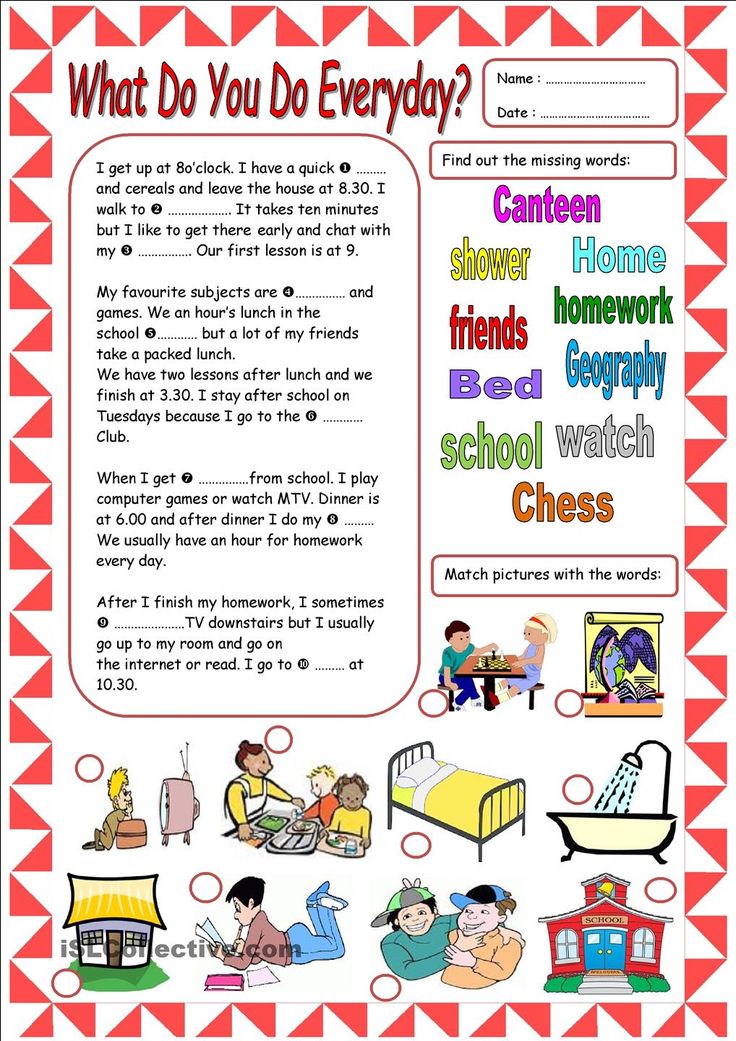
While reading these books, the teacher will take notes on any missed words and ask comprehension questions, such as, “When did the story take place?” or, “What was the problem in the story?”.
Through guided instruction, the teacher will gradually move children into more difficult books.
Developmental Reading Assessment (DRA)
DRA is a standardized reading test given by teachers or reading specialists. As with GRL, children sit individually with the test administrator and read a book.
Several factors are taken into consideration to determine reading level, including:
- Reading comprehension
- Phonemic awareness
- Fluency
DRA books are labeled with an A for the easiest books and then move into a numerical grading system. The levels range from 1 to 80 with 1-3 representing a kindergarten reading level and 80 representing an eighth-grade reading level.
Once a child has a DRA or a GRL level, a teacher or parent can search for the reading level of any particular book and can usually discover either the Lexile, DRA, or GRL of that particular text.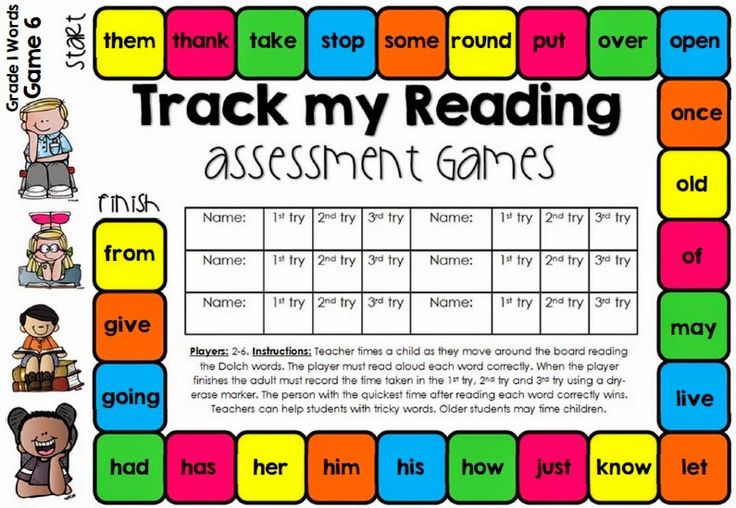 Here’s a chart for your reference.
Here’s a chart for your reference.
At-Home Reading Levels
If you’re looking for a way to find out your child’s reading level without using any of the methods listed above, you might try the five-finger rule.
For the five-finger rule, choose a book and flip to any page. If your child seems to have trouble reading more than five words on the page, it’s a good indicator that the book is too advanced for them.
To be sure, though, you can have your child try another page, especially if they seem eager to read a particular book.
This can be a helpful strategy, but it’s OK to let your child try a book and see how the reading goes. If a book is too hard, most kids will figure that out — and there is nothing wrong with reading books that are too easy!
Sometimes a child may be interested in a book that’s a little too hard for them. If this happens, we encourage you to read aloud to your child. You can also read together by alternating pages, paragraphs, or sentences.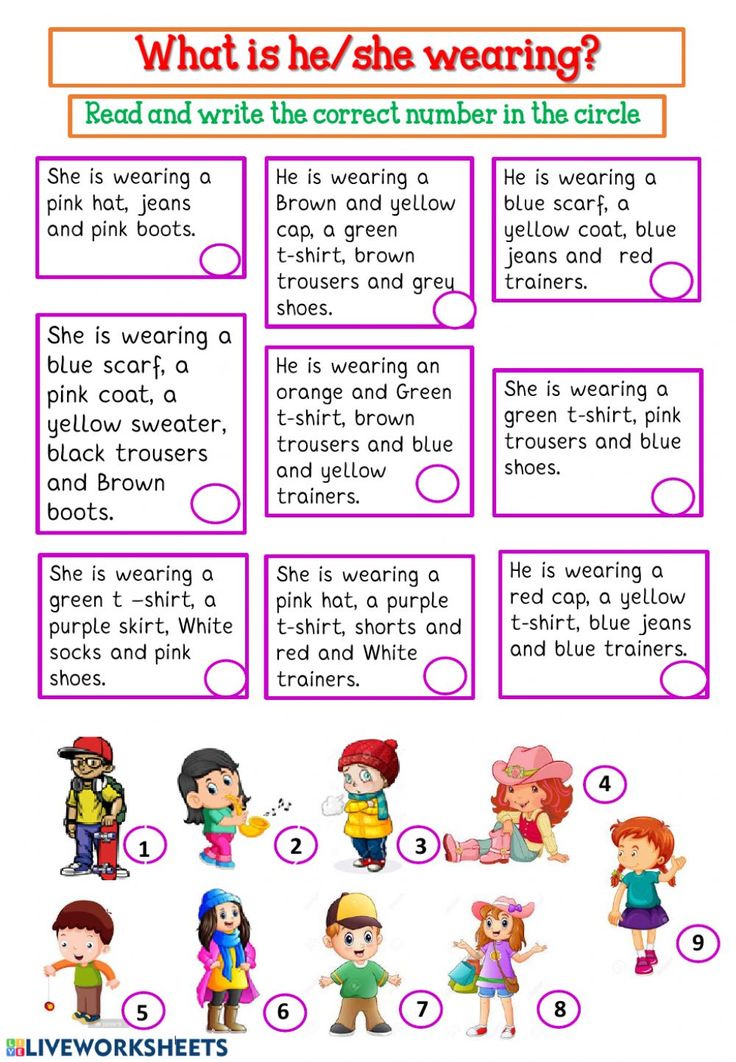
It’s important not to completely avoid books that may be a little above your child’s reading level.
Even if your child struggles a bit to read them without assistance, these books can still be beneficial in helping build their vocabulary, improve comprehension, and increase general knowledge — not to mention, encourage their love of reading!
When your emerging reader seems overwhelmed by one book, you can always give the five-finger rule a try with other books until you find the right match. And if your child is particularly interested in a topic, you can always read the book to them and stop on words you know they can read.
Also remember that when a child is really enjoying a book and highly motivated to read it, they will read at a higher level than if the material is not as interesting to them.
Tip: Most libraries and bookstores have books arranged by reading level so you can easily choose the best one for your emerging reader!
Feel free to ask librarians and knowledgeable staff at bookstores to offer suggestions.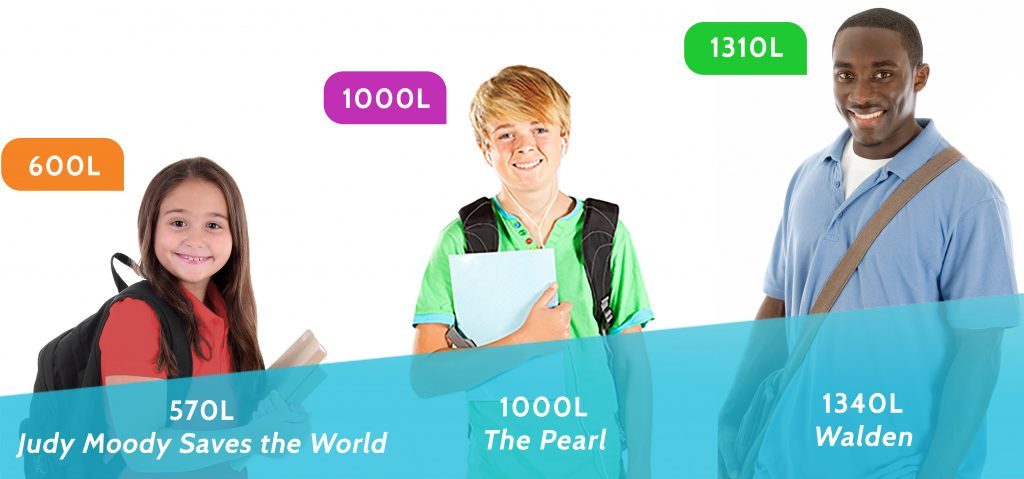 You could even say something like, “My child happily read a Clifford book; can you suggest others at the same level?”
You could even say something like, “My child happily read a Clifford book; can you suggest others at the same level?”
How To Help Your Child Become A Stronger Reader
As we mentioned earlier, you can easily determine your child’s reading level at home so that you can help them choose books that are just right! We suggest incorporating some of the tips below to help your child become a stronger reader.
Start With Clues
- Is your child using “sounding out” techniques to figure out unknown words?
- When your child reads, are they getting tripped up by sight words — common words that are hard to sound out?
- Is your child using pictures to help them understand what is written on the page?
- Is your child using context clues to figure out what word makes sense to come next as they read sentences?
Check Vocabulary
- Play games with your child to see what words they know. For example, say a sentence and point out one word in the sentence.
 Then ask them if they can come up with a different word (synonym).
Then ask them if they can come up with a different word (synonym). - Play synonym games to see what words your child knows. For example, challenge yourselves to think of 10 or more ways to describe speaking (shout, whisper, mumble).
While you’re talking with your child, describe something specific from your day. Make sure to use interesting adjectives, and don’t hold back from using sophisticated vocabulary when talking with your child.
You can help your child’s vocabulary grow through day-to-day conversations and activities!
Ask Comprehension Questions
Understanding what they read is an important part of your child’s reading journey.
- To check for reading comprehension, we suggest pausing every other page to talk about what you’ve just read. Make this a natural reaction to the story, like you’re thinking aloud about the story or characters, so that it doesn’t feel like a test.
- Consider encouraging your child to act out and retell the story (for younger children).

- Try discussing themes/lessons with your child (for older children). Remember: this isn’t a test, but a conversation between book lovers!
Talk To Your Child
When most people implement strategies to help their children improve their reading skills, they often forget about the importance of verbal communication. It’s essential to talk to your child frequently in short and simple sentences.
This includes singing songs, telling them wonderful stories, reciting fun nursery rhymes, and describing the world around them. All of this exposes children to lots of different words. It also helps them learn that language is a powerful tool for communication.
Discover Your Child’s Favorite Books
- Children often choose books that are a little below their actual reading level. At home, this is a good thing. It keeps reading fun and exciting!
- We recommend choosing books that interest your child — with a certain character or activity they like — so they’re curious and excited about reading.
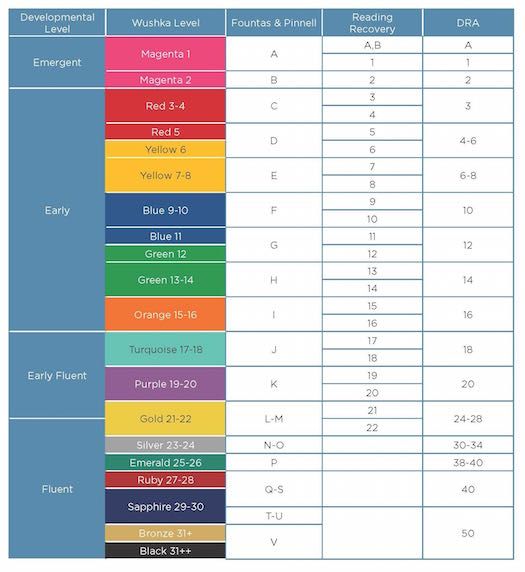
Reading books your child enjoys together can encourage their love of reading. And letting them read those same books to you can boost their confidence over time.
Together, these two activities increase your child’s fluency and reading enjoyment!
Create A Reading Corner
Establishing a reading corner in your house can benefit your child. The setup doesn’t need to be elaborate. This can be a simple, quiet, private area where your child can confidently read independently or with you.
It’s also great for the spot to be well-lit and filled with lots of books your child enjoys reading.
Is Reading The Same Book Over And Over OK?
Just like you might pick up an old favorite book to read, your child may do the same, and that’s OK! At least you know they’re enjoying a good book and the process of reading!
Rereading books can have many benefits for a child, including:
It allows children to get more from the text. Have you ever developed a deeper understanding of a story after rereading it? That’s because the more you engage with a story, the more you can take away from it.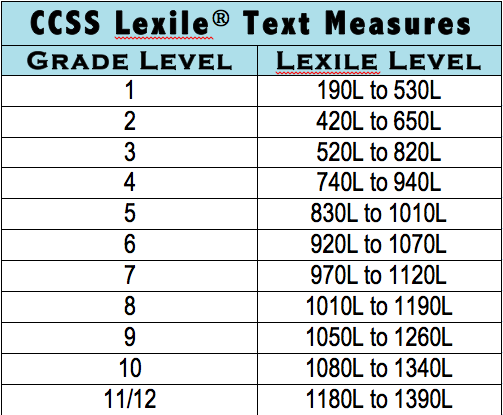
You can pick up on new information, establish connections between yourself and some of the characters, and even improve your understanding of the overall story.
Similarly, allowing your child to read their favorite books for the second, third, fourth (or more) time will enable them to get more from the story.
It also allows for bonding. Did you know that rereading books can help bring your family closer together?
Many of us remember a couple of books that our family read together regularly. This can be a holiday book or a favorite story. Rereading is a great way to get the whole family involved, as everyone can take turns reading and connecting on the same story.
What’s more, reading familiar books can actually help develop a young reader’s fluency. It allows them to learn the words and helps them become familiar with narrative structure or storylines (i.e. beginning, middle, and end), which builds reading comprehension later on.
So feel free to let your child choose the same book over and over!
FAQs About Reading Levels
What Reading Level Should My Child Be In Each Grade?
It’s challenging to answer this question because each child is different and will naturally develop at their own pace.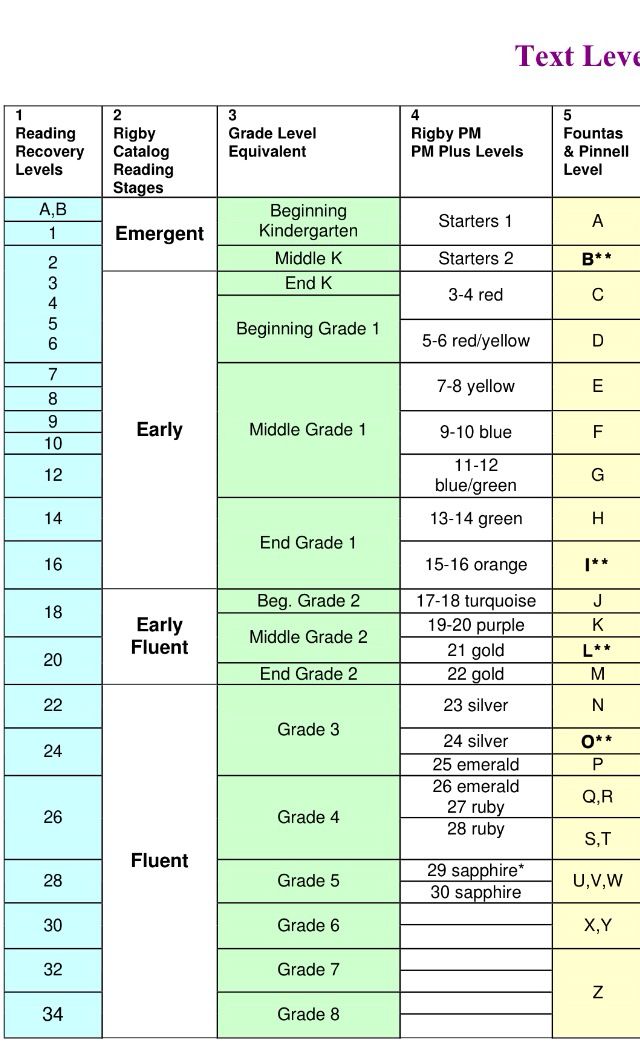 For example, just because your child’s friend has started reading fluently doesn’t mean your child will be able to do that yet.
For example, just because your child’s friend has started reading fluently doesn’t mean your child will be able to do that yet.
While no parent wants their own child to be a little behind compared to their peers, putting too much pressure on them to “catch up” might actually have an adverse effect. In fact, they might feel overwhelmed by the pressure and develop a negative attitude toward reading.
It’s also important to note that there’s no direct link between a certain Lexile measure and a specific grade level. When using any of the reading level measures we mentioned, remember that they are an estimate of a child’s performance and shouldn’t be interpreted literally.
Also, if you’re really concerned about your young learner’s development, you can always address those concerns with their teacher or another professional. They can offer tips and advice on how to best work with your child.
Finally, remember to be patient and positive no matter what. With lots of time and effort, your child will develop a lifetime love of reading!
Who Can Help Me Choose Books That Match My Child’s Reading Level?
The best place to start is to consult your child’s teacher.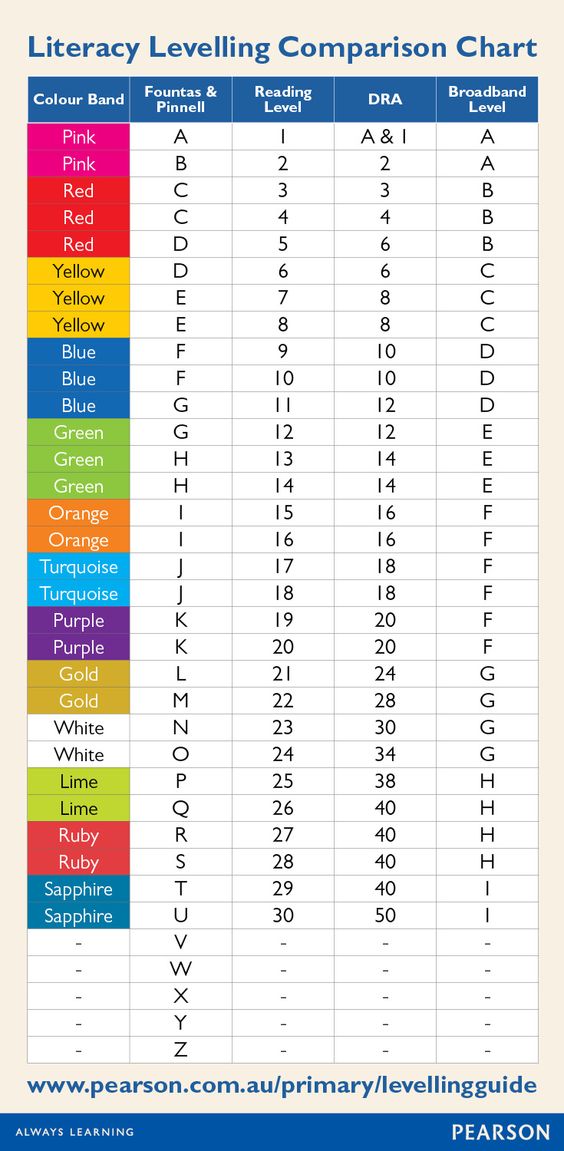 They will have the expertise to guide you in buying the right books for your child.
They will have the expertise to guide you in buying the right books for your child.
It’s also possible for you to look up most books online and find their reading levels. Furthermore, for beginner readers, there are publishers who label books in stages with age and/or grade suggestions attached.
If you’re homeschooling, you can also reach out to your local librarian or bookstores. As people who spend each day surrounded by books, they often have knowledge on this topic and may be able to recommend a few relevant books in your child’s reading level.
What If My Child Is Reading At A Lower Level?
The last thing a parent wants to hear is that their child’s reading level isn’t on par with their peers. But what can you do if, from the assessment used at your child’s school, you find out that your young learner is reading below the average grade level?
Firstly, it’s important not to panic. As mentioned earlier, kids develop reading skills at different stages of their development. Some children might be early readers, while others may take time to get there.
Some children might be early readers, while others may take time to get there.
The most effective way to help your child improve their reading level is by continuing to encourage reading at home. While reading, remember to discuss the content to ensure comprehension.
Reading For Fun
From assessments to the five-finger rule, determining reading levels varies across the board. No matter which method you choose, remember these measurements are meant to be helpful and encouraging, not stressful and limiting.
Keep this in mind when assessing your young learner. You don’t want your child to sense any stress about their abilities, as this might overwhelm them and have an adverse effect on how they view reading.
While reading is an essential early learning (and lifelong) skill, you want your child to LOVE reading and not only view it as a test of their intelligence.
At the end of the day, the way reading makes your child feel is more important than their reading level. Each child learns in a way that’s special and unique to them.
Each child learns in a way that’s special and unique to them.
The HOMER Road To Reading
The road to discovering how to read can be a fun ride, but sometimes it’s bumpy. This is why we’re more than a learning program. We’re your learning partner.
If you’re looking for a resource to help develop your child’s love of reading and learning, consider taking a look at the HOMER Learn & Grow app. It’s full of stories curated based on your child’s interests!
When your child develops a love for reading, they’ll move up to the next level before you can say “Developmental Reading Assessment”!
Author
Quite often, on the forums dedicated to the celebration of foreign language, there is food, For example, "How to understand, do I have a Beginner chi Elementary?", "What do you need to know to start with Pre-Intermediate?", "How to correctly indicate the level of knowledge of English language in a resume?" or "I learned English at school, what is Intermediate in me?".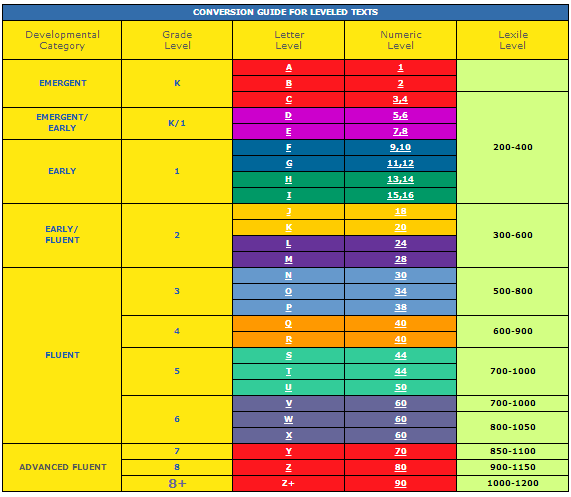 Indeed, in order to get rid of the problems of your English language, it is necessary not only to correctly convert my school, but also to be well educated on your equal English language. Let's try to get together. Shall we?
Indeed, in order to get rid of the problems of your English language, it is necessary not only to correctly convert my school, but also to be well educated on your equal English language. Let's try to get together. Shall we?
Equal knowledge of English movies
Even if you want to say goodbye to food, if you are equal to English movies, then reading on the Internet, you may have a panacea. That's true, everything is simple. The Common European Framework of Reference for Languages or CEFR was specially developed to describe the level of knowledge of English and by the international standard. Won is added up as follows: A1, A2, B1, B2, C1, C2.
How do we work for good in other schools like: Beginner, Elementary, Pre-Intermediate, Intermediate, Upper-Intermediate and Advanced? Before that, qi names can be used with various additional words, such as False, Low, Very thinly.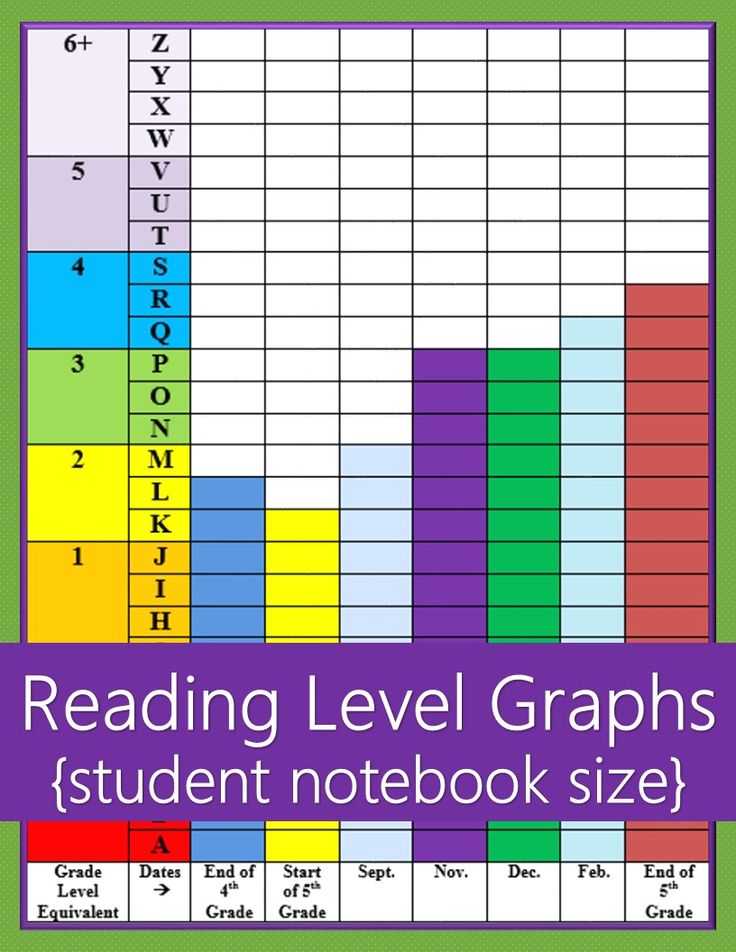 Why are all folding? Let's explain. The number of English language equals was invented by the creators of basic assistants, such as "Headway", "Cutting Edge", "Opportunities". New? Divide the CEFR scale into fragments for a short movie mastering . I same on tsey podіl rivnіv zazvichay orientated schools of that modern course.
Why are all folding? Let's explain. The number of English language equals was invented by the creators of basic assistants, such as "Headway", "Cutting Edge", "Opportunities". New? Divide the CEFR scale into fragments for a short movie mastering . I same on tsey podіl rivnіv zazvichay orientated schools of that modern course.
Table of English language ratings will help you understand that English language ratings are similar to those of the CEFR scale.
| LEVEL | Description | CEFR level |
| Beginner | You don't speak English | ;-) |
| Elementary | Can you say the same words and phrases in English | A1 |
| Pre-Intermediate | You can use "simple" English and understand the speaker in a situation you know, but you can't | A2 |
| Intermediate | You can speak kindly and understand language by ear. Hang out your thoughts for the help of simple words, however, you face difficulties, sticking with folding grammatical constructions and vocabulary Hang out your thoughts for the help of simple words, however, you face difficulties, sticking with folding grammatical constructions and vocabulary | B1 |
| Upper-Intermediate | You speak kindly and understand English language by ear, you can still pardon | B2 |
| Advanced | You speak English fluently and understand language by ear | C1 |
| Proficiency | In the English language on the equal footing of the language | C2 |
A couple of words about equal English movies: False, Low, Very and other prefixes to standard names. Sometimes you can use the same formula as False Beginner , Low Intermediate or Very Advanced too. Tse podіl on pіdrivnі.
For example, equals False Beginner a person who used to learn English language earlier, but it’s even worse, but practically doesn’t remember anything.It takes less than an hour for such people to complete the course of a beginner and move on to the next level, that cannot be called Beginner. Similar history to Low Intermediate and Very Advanced . At the first stage, the person has already passed the last course of Pre-Intermediate and started to learn Intermediate, at one time she became aware of her life in the language of less grammatical constructions and the vocabulary of that equal. Speaker of the English language Very Advanced is already on the line up to the reserved Proficiency . Well, you’ve got the gist of it. Let’s take a look at the specifics now, that newcomer is quiet, who speaks English on different equals.
25
Read also
Gerund in English language
Beginner English Ribbon, Starter Wine
Cob, Zero Ribbon. This course is based on the phonetic course and learned the rules of reading. Vocabulary is taught, as it allows to speak on related topics ("Knowing", "Sim'ya", "Robota", "Dozvillya", "At the store"), as well as basic grammar.
Vocabulary is taught, as it allows to speak on related topics ("Knowing", "Sim'ya", "Robota", "Dozvillya", "At the store"), as well as basic grammar.
After completing the Beginner course:
- Vocabulary stock should be approximately 500-600 words.
- Razuminnya mov by ear: phrases and speeches, fluently, with pauses, even clearly (for example, simple questions and statements).
- Rozmovna mova: you can tell about yourself, your family, friends.
- Reading: simple texts with familiar words and phrases that were previously spoken, as well as twisted grammar, simple statements (for example, the task is right).
Letter: okremі words, simplistic words, complete the questionnaire, make short descriptions.
An example of a dialogue of rіven Beginer
English rіvn Elementary
Basic rіven. Listener of the equal of Volodya with all the basic learners of the English language.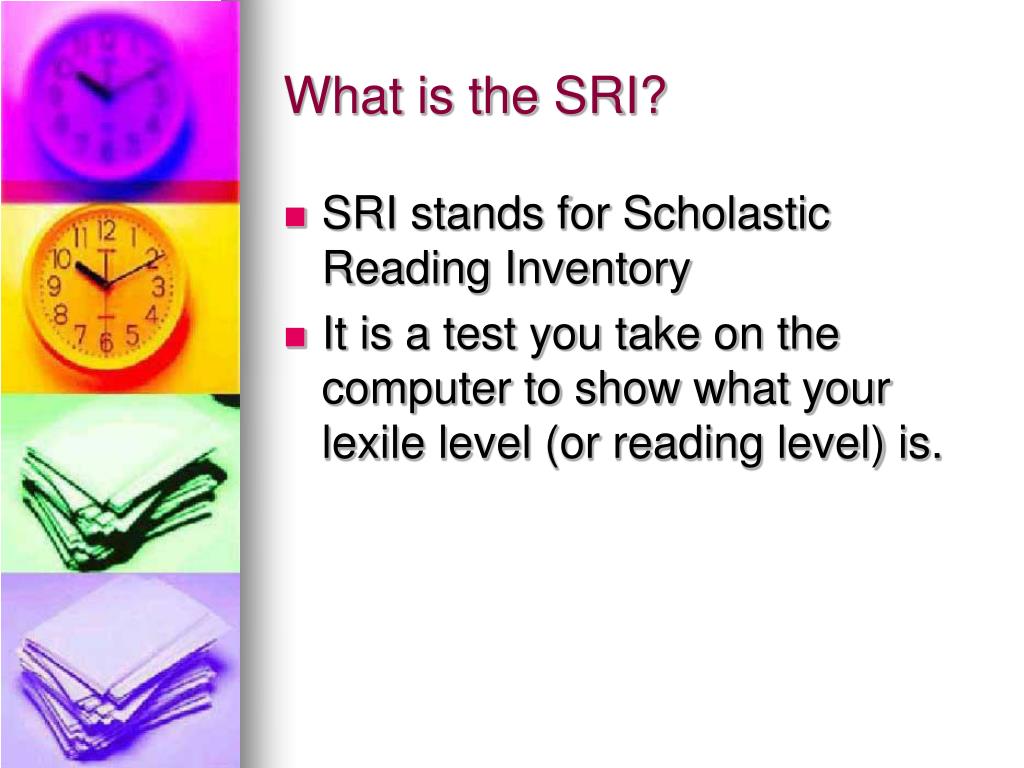 They talk about the same themes like: "Sim'ya", "Vidpochinok", "Podorozhi", "Transport", "Health".
They talk about the same themes like: "Sim'ya", "Vidpochinok", "Podorozhi", "Transport", "Health".
After completing the Elementary course:
- Vocabulary to become approximately 1000-1300 words.
- Razuminnya movi by ear: speeches, yakі vіdnosjatsya to the broadest topics.
- When listening to news, revisiting films, it is illuminating by those or the plot, especially with visual support.
- Rozmovna mova: the expression of a thought, the prohan - with the mind, that the context is known. Goodbye, farewell, telephone rozmova skinny, zіdno "cheat sheets".
- Reading: short texts with a small amount of unknown vocabulary, slander and whiskey.
- Letter: description of people and descriptions, writing of simple leaves from the known clichés.
English Riven Pre-Intermediate
English Riven. A listener, who is inspired by everyday vocabulary and basic grammar, building thoughts on random topics.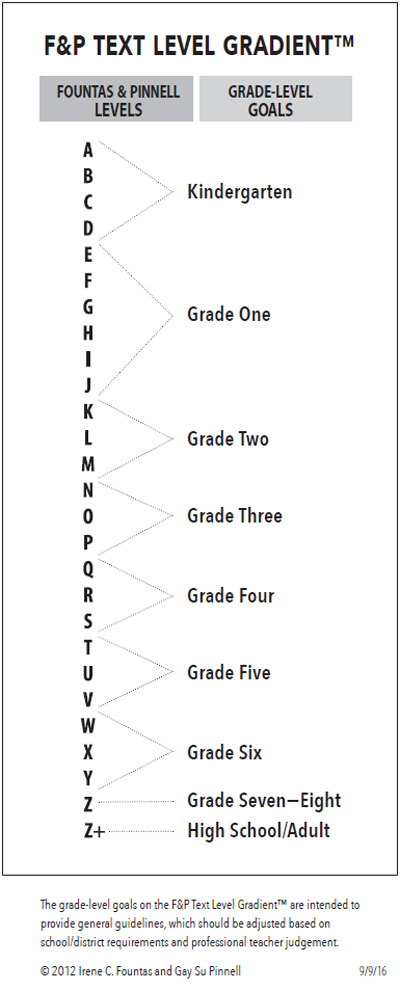
After completing the Pre-Intermediate course:
- Vocabulary available 1400-1800 words.
- Razuminnya mov by ear: a dialogue or a monologue on everyday topics, for an hour I will review, for example, novelties, you can catch all the key moments. Under an hour I'll review the films of a listener of equal equals, I can't understand the phrases of that speech, but follow the plot. Kindly understand films with subtitles.
- Rozmova: you can evaluate your thought, if you like it, try to finish the trial of Rozmov on well-known topics ("Art", "Zovnishnist", "Speciality", "Filmi", "Rozvagi" then).
- Reading: collapsible texts, publicistic articles.
- Letter: a letter expressing one's thoughts or an assessment of the situation, writing one's biography, describing the subject.
English Riven Intermediate
Middle Riven. The listener is enthralled by my Volodya, you can beat me in various situations.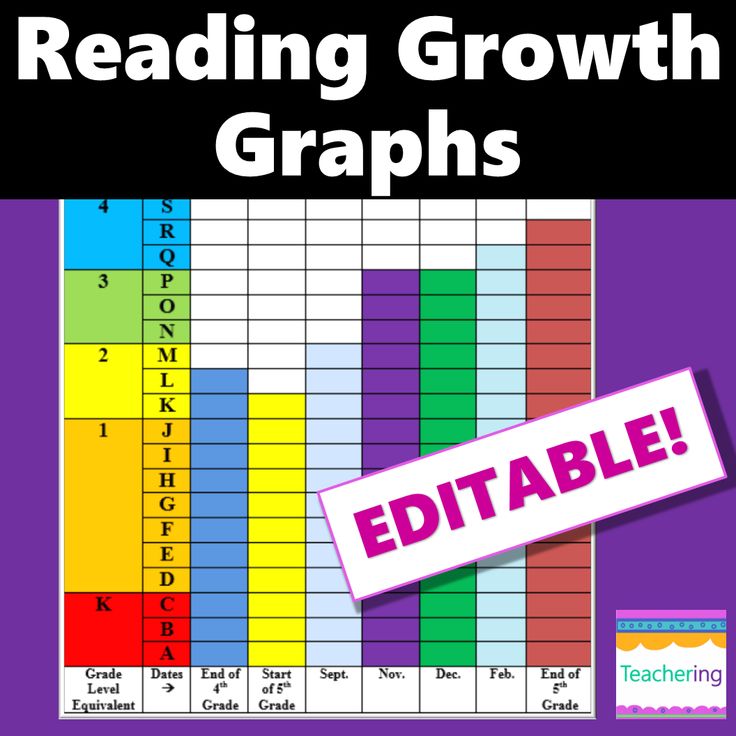 Call the equal Intermediate for work in a foreign company. Lyudina, as an English Volodymyr in English Intermediate, can conduct negotiations and speak English, make presentations.
Call the equal Intermediate for work in a foreign company. Lyudina, as an English Volodymyr in English Intermediate, can conduct negotiations and speak English, make presentations.
After passing the Intermediate course:
- Understanding the mov by ear: capturing not only the deepest media, but specific details, understanding films, interviews, videos without translation and subtitles.
- Rozmovna mova: I speak the point of dawn, my own good/bad luck on a practically christened topic. You can take an active part in discussions or discussions on non-specific topics without preparation.
- Reading: razumіє folded texts, not connected with known topics and spheres of life, unadapted literature. You can understand the meaning of unknown words from the context (art literature, information sites, dictionary articles).
- Letter: you can fold a sheet in an official and unofficial style, you can rightly write in a written English language, you can write long descriptions of your history, give special comments.
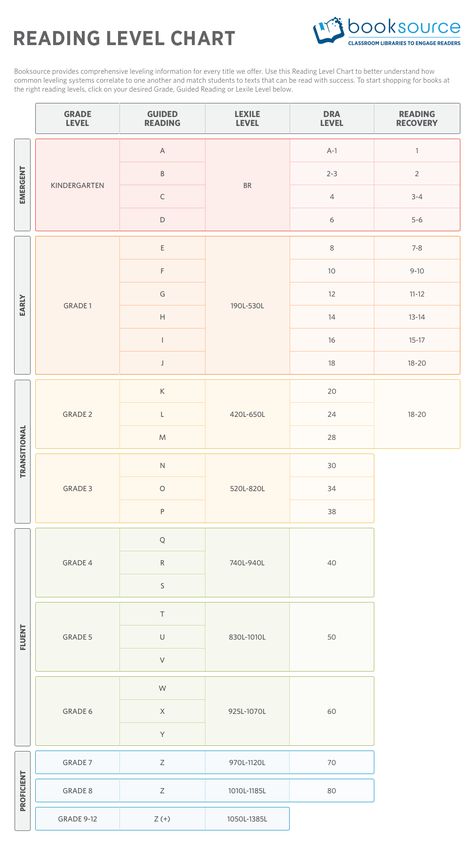
English Riven Upper-Intermediate
Riven is higher than average. The Upper-Intermediate listener knows that it is nice to be folded with foldable grammatical constructions and diverse vocabulary.
After passing the Upper-Intermediate course:
- Vocabulary stock available 3000-4000 words.
- Understanding the language by ear: good understanding of the language, I will linguistically compose the language in the unknown by those who will practically improve the understanding of the video without translating and subtitles.
- Rozmovna mova: you can freely give your assessment to any situations, bring equalization or contrast, corry with different current styles.
- To Rozmov, both in official and unofficial style. To speak competently with a small number of pardons, you can catch and correct your pardons.
- Reading: a great stock of vocabulary for understanding non-adapted English texts.
- Letter: you can write articles, official and unofficial sheets on your own.
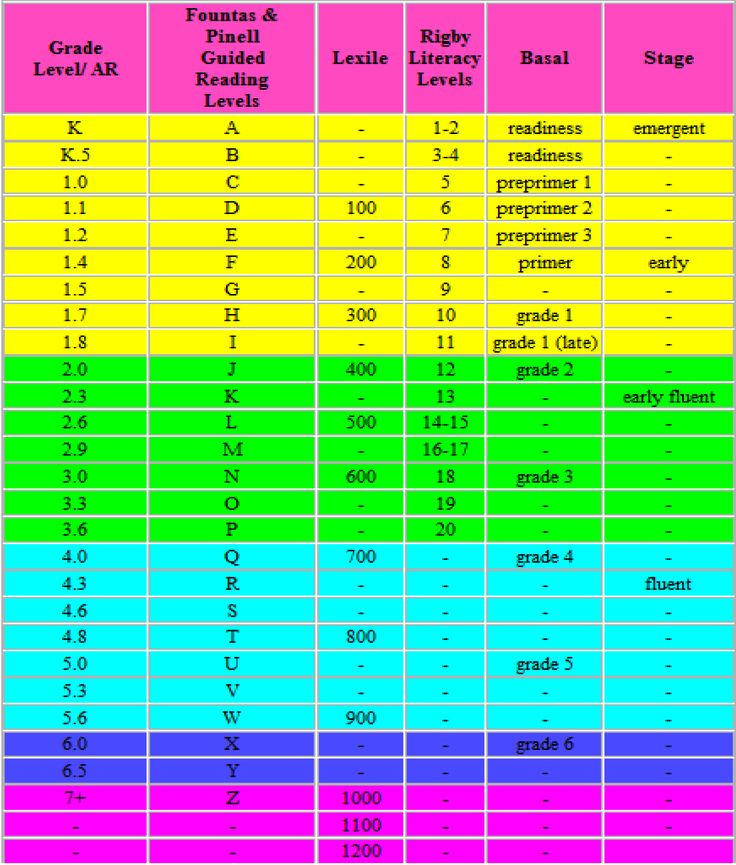 You can know and use different styles when compiling a written text.
You can know and use different styles when compiling a written text.
English Ribbon Advanced
Threaded Ribbon. Hearers of the Advanced level are enthralled by the English language and in roses, minor pardons are allowed, as if by any chance they do not add to the efficiency of communication. Hearers of such peers can learn the special disciplines of English language.
After completing the Advanced course:
- Vocabulary to become approximately 4000-6000 words.
- Razumіnnya mov by ear: razumіє nevirazno vymovlenі promo (for example, voicing at the station or at the airport), in detail we take folded information (for example, additional or lectures). Intelligence up to 95% information on video without translation.
- Rozmovna mova: effectively correspond to the English language for spontaneous communication, victorious language and official style of communication in the fallow of the situation. Vikoristovu in rose phraseology and idiom.

- Reading: art and non-artistic literature are not adapted without difficulties in understanding, collapsing articles on specific topics (physics, geography, etc.).
- Letter: you can write official and unofficial sheets, reports, statistics, yes, scientific work.
English Proficiency
English Volodymyr. The remaining rating for the CEFR C2 classification describes a person, like an English Volodymyr, on the level of a certified language. The only problems with which such a person can get stuck are the same problems of a cultural nature. A person can, for example, not understand a quote, as if there is a popular transfer or a book, as it is practically seen by all the wearers of the movie, or maybe there is no person who did not grow up in this middle ground.
Proficiency Dialogue Practice
Read also
Can you tell me about finance in English?
Visnovok
A trace of memory that equal English language is valued for the excellence of knowledge.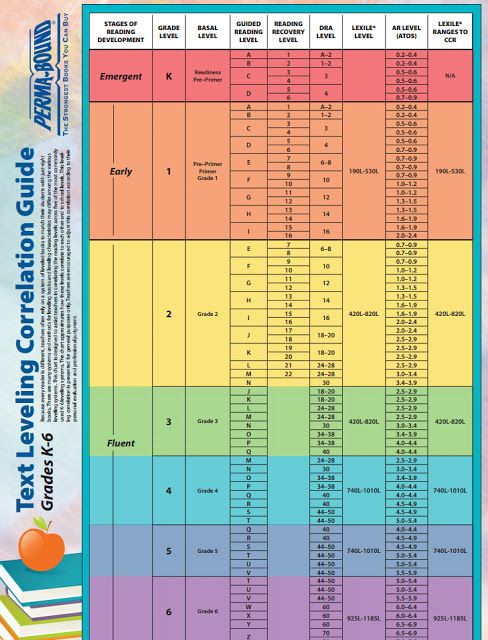 Without a universal recipe for the transition from one level to another, it is impossible to say: "You should learn 500 words or 2 grammatical topics and voila - you are on the next level."
Without a universal recipe for the transition from one level to another, it is impossible to say: "You should learn 500 words or 2 grammatical topics and voila - you are on the next level."
Rivnі englіyskoїї ї movi mayut impersonal ways for podkorennya - all courses and movnі schools, tutors, self-tutors, rossilki, online lessons. Turn any of them - virishuvati to you. Golovne, shob bov result!
For whatever reason, why varto rozpochat - tse signify your English rhubarb with an additional test for English rhinestone, which we published in this article. May you sum up, respect the table of equals of the English movie.
We have a lot of additional services for movie editing. All social media, creations especially for the promotion of foreign languages, various discussion clubs, and resources that give films with subtitles (chi without) my original, audio recordings, adapted and unadapted literature. You can find out about all the other things about those, like the same and on the same equals, you can find in the blog on our website.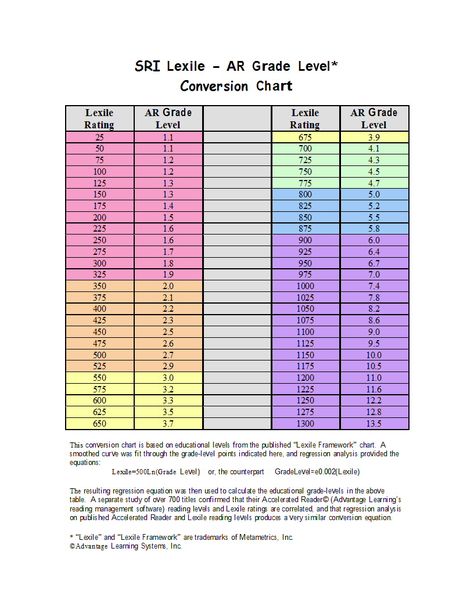 Follow the releases of new articles.
Follow the releases of new articles.
Before the speech, at that hour, as you read this article, 700 million people around the world speak English language. Come join us!
Great and friendly family Englishdom
Author
Ivanova. E
Stats rating:
Thank you, your vote
Check your knowledge of the English language
22 September 2018
read
Today we will analyze in detail the first test for the level of knowledge in English language.
Change of statistics:
- Check your English translation
- Advances in our English language test
- Parts of nutrition according to the test for the quality of English
- Imprisonment
For that Shcheobi Vivchennya Anglіysko Moviy Bulo at the everyday of the productive I comfortable, he is not at the same time for two foundations:
- Persha, Z'yasuvati, at Chom Polega, your motivation, and more precise May we zanuritsya at the world of English movies.
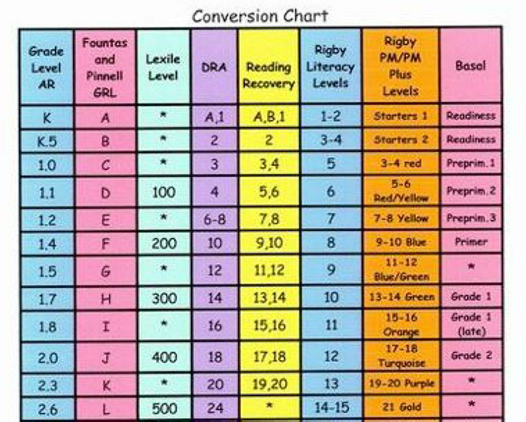
- In a different way, learn the current level of knowledge in English, which can allow you to choose the necessary program for learning more.
If the answer to the first question may be formulated by you, then you can find out your own English question for the help of our comprehensive online test.
Don't you know your English language?
Take our online test for 7 minutes and don't hesitate anymore!
Read also
The advantages of our English language test
- Complexity.
To learn your English knowledge online, you need to assess 4 areas of knowledge:
- Vocabulary volume.
- Hour forms and grammatical turns.
- Listening to live English movies.
- Beginners in reading texts on various topics.
A short but not less difficult test, which is 25 meals allowable total for 7 hvilin take your English ribs from the outside world.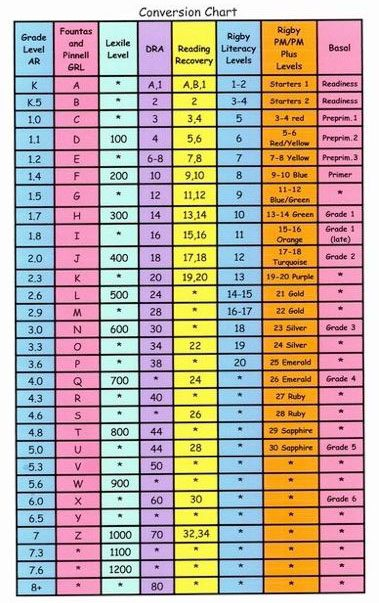
- Comfort.
The era of digital technologies 21st century allows you not to spend more expensive hours, money and money for the test. Today it is necessary to re-verify the English translations online and without cost for skin. More than that, you can pass the test, knowing at home, in the middle of the night with a hot cup of fragrant caviar, without spending an hour on a long way with another part of the city.
- Individuality.
Online test in Anglіyskiy Movі, Gorodaki Vyaku Vytovyen Volodіnnya Anglіysko, a questionnaire of hobi, and such a vijavalenia mowing - all the gesture of the forefront. , specifics of work and way of life.
Parts of food according to the test for the quality of English
- Why are you taking the test?
It is problematic to give an adequate assessment of your English language, if you have not been qualified by a specialist in linguistics, it is problematic and you can take a rich hour. Nothing marvelous, even if it’s a skin of a rіven, we’re talking about the one who is being tested, we’ll be able to specialize in a layer of vocabulary on various topics and grammatical turns. And clearly encircle this line for the first time, do not start to go into it.
Nothing marvelous, even if it’s a skin of a rіven, we’re talking about the one who is being tested, we’ll be able to specialize in a layer of vocabulary on various topics and grammatical turns. And clearly encircle this line for the first time, do not start to go into it.
Get in touch with the cims and find tests for the definition of English language online. Danish online test for the first time of appointments in order to get your own knowledge, to allow you to put together the most advanced and amazing program for you at the next stages of training.
- Starter - A0 .
Cob of cob. All the time, you are making acquaintance with the English world. It is necessary to increase the emphasis on the most important, and on itself, on the alphabet and the basics of grammar. More than that, you need to give respect to the basic set of vocabulary and practice over the correct vim. And also, learn 3 words from the present hour: “to be”, “to have” and “to do”.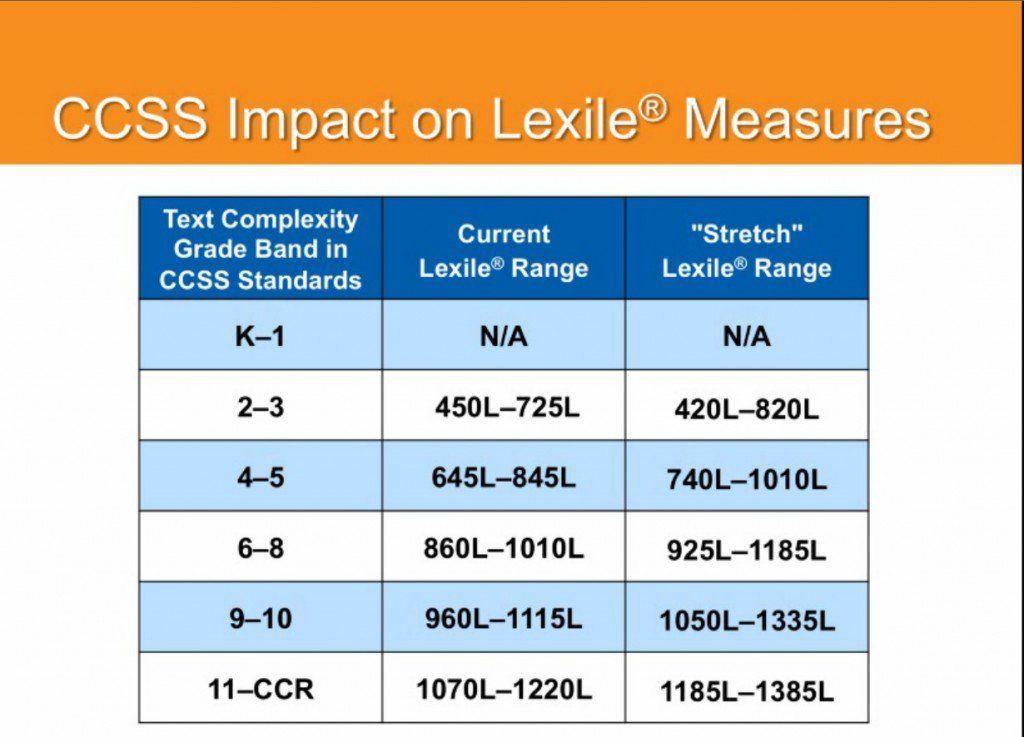
- Elementary - A1 .
You already show success in reading simple texts, and still you need to work on a prompt speech. An hour to expand vocabulary stock and learn 500 new English words. So, do not forget about the fortune-telling of the word in the present, past and future hours, modern practice and speaking.
- Pre-Intermediate - A2 .
Knowledge of English language is already quite good. Now it is necessary to work on the vocabulary stock and more available grammatical topics, such as: parts of the “Perfect” group, gerund and infinitive modalities and nuances of the vocabulary.
- Intermediate - B1 .
Online test results. But knowledge of the future will require a distant development. Grammar, vinnyatok rules, reading non-adapted literature and more English speaking check you out. One of the other ways they are upset: online correspondence on forums or in social networks with foreigners, reviewing favorite films and serials in the original, listening to music.
One of the other ways they are upset: online correspondence on forums or in social networks with foreigners, reviewing favorite films and serials in the original, listening to music.
- Upper-Intermediate - B2 .
You have great knowledge of English. It's time to gain patience and focus on consolidated knowledge, as it is already, in practical practice. Let's take a look at the authentic literature, without going to the aid of the Ukrainian-English dictionary, marvel at the quizzes, talk shows and scientific broadcasts in English.
- Advanced - C1 .
Bravo! You can boast of your English. Remember that it is necessary to keep your ribs and practice. Engage in the practice of winged virazivs, idioms, syllables - to allow your language to be slandered and your thoughts to be more clear and easier. Adzhe's main task is to learn English with another native mine.